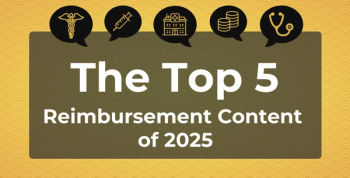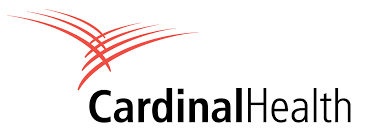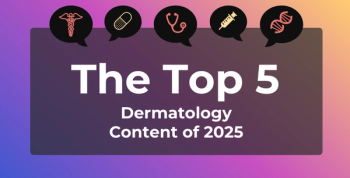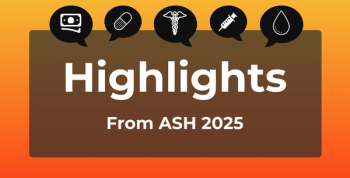
CGTs Have Potential to Transform Care, but Challenges Persist

Key Takeaways
- CGTs promise to revolutionize treatment for diseases like cancer and hereditary conditions but face adoption barriers.
- High costs, complex logistics, and reimbursement uncertainties are major obstacles to CGT access.
Despite holding promise in a range of disease states, a variety of challenges prevent cell and gene therapies (CGTs) from more widespread use, according to a new report from Cardinal Health.
Cell and
The inaugural “2025 Advanced Therapies Report: Revolutionizing patient care—the promise and potential of cell and gene therapies” emphasizes the potential for CGTs to transform the treatment of rare and complex conditions but also highlights several challenges inhibiting wider CGT implementation. The report is informed by a survey of more than 100 health care providers, subject matter experts, and a patient who underwent chimeric antigen receptor T-cell therapy to glean insight into the CGT space.
"Cell and gene therapies are poised to revolutionize health care treatment for a wide range of diseases," Craig Cowman, executive vice president of Biopharma Solutions and Strategic Sourcing at Cardinal Health, said in a
Barriers to CGT Access and Adoption
The report highlights several barriers to CGT use, including referral processes, substantial costs, complicated logistics, and uncertainties surrounding reimbursement.1 Financial constraints, such as high acquisition costs, were a barrier reported by 56% of survey respondents, while 54% said that a lack of or inadequate reimbursement is a challenge. Additionally, 38% cited infrastructure limitations.
Policy-related challenges reported by survey respondents included administratively burdensome prior authorization criteria (74%), time to prior authorization approval (66%), and restrictive coverage criteria beyond the language on prescribing labels (60%). Potential solutions to increase access to CGTs include increased insurance coverage through changes such as reducing step therapies (74%), reducing out-of-pocket costs to patients (51%), and more treatment centers outside of academic medical centers (46%), respondents agreed.
Even when patients are referred for CGTs, many do not go on to receive treatment for a variety of reasons. The most common was insufficient social support (e.g., lack of care partner availability, etc.), reported by 64% of respondents. Other common reasons for not receiving CGTs were prior authorization denial (57%), the CGT center being out of network (52%), manufacturing delays (40%), a shortage of beds for patients undergoing CGT, and staff shortages (13%).
More digitized and standardized solutions are needed to ensure patients receive therapy quickly and have an optimal experience, the authors of the report explained. Survey respondents expressed that tools such as a patient eligibility checker, support and education tools, a patient bed availability/slot scheduler, a treatment site locator, and a central ordering capability can help support referrals.
Addressing Challenges to Improve CGT Access
All industry stakeholders, including manufacturers, payers, providers, and patients, must work together to overcome the challenges associated with CGT access, according to the report. In terms of potential steps to increase access to CGTs, 69% of survey respondents said that strategic initiatives between payers and manufacturers—such as innovative payment models—are needed for increased access, and 53% stated that extending facilities beyond academic/medical center hubs is important. Also, 48% of respondents agreed that expanding financial assistance programs would improve access.
"In many ways, we're still in the very early stages of the incredibly promising CGT industry," Fran Gregory, Vice President of Emerging Therapies at Cardinal Health, said.2 "However, it is also time to take stock of where we stand currently and discuss ideas to help us navigate the significant changes that the growth of these therapies is bringing. Our new report shows how we can move the industry forward.”
References
- Cardinal Health. 2025 Advanced Therapies Report: Revolutionizing patient care – the promise and potential of cell and gene therapies. Accessed May 14, 2025.
https://www.cardinalhealth.com/content/dam/corp/web/documents/Report/cardinal-health-advanced-therapies-report-25.pdf - Cardinal Health releases new report on the cell and gene therapy industry. News release. Cardinal Health. May 7, 2025. Accessed May 14, 2025.
https://newsroom.cardinalhealth.com/2025-05-07-Cardinal-Health-releases-new-report-on-the-cell-and-gene-therapy-industry
Newsletter
Stay ahead of policy, cost, and value—subscribe to AJMC for expert insights at the intersection of clinical care and health economics.








